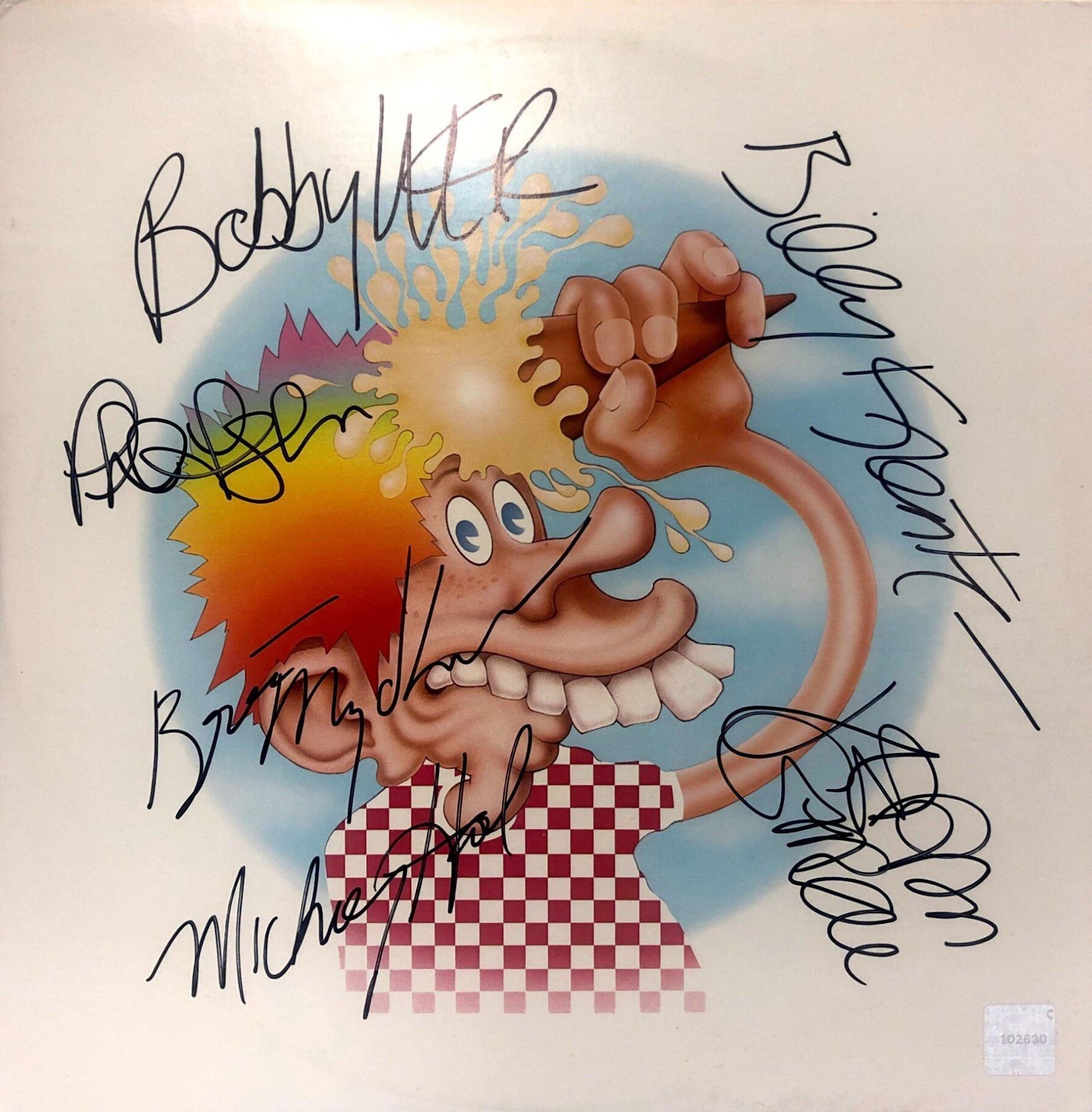

This box set is exactly the opposite.Grateful Dead’s Europe ‘72 Tour 50th Anniversary: April 16 – Aarhus, Denmark Some might say that in the past that’s resulted in unnecessarily sloppy output. And by brave, I mean that The Dead are entirely unafraid of taking risks-not just because they’re proficient musicians, but rather because they have an entirely different approach to making music. That’s why the Europe ’72 box set sounds like a pre-computer age blueprint of a rave future-especially in terms of the length of the music, its chemical foundation and the atmosphere that spawned these brave, seemingly endless musical voyages. There’s some truth to that, of course, but there are also plenty of club-goers who love staring at somebody work the turntables or even a laptop-as there were plenty of Deadheads who paid little attention to what was happening onstage. People like to say that the atmosphere of raves or clubs is more egalitarian than the average rock show, because the DJ isn’t always the focus of attention. Not to overstate the point, but the influence of drugs on The Dead is not to be underestimated. Also, The Dead’s reported “discovery” of cocaine on the European tour gives the playing a euphoric sheen-especially noticeable on the various versions of “ Dark Star”, “ The Other One” and “ Turn on Your Love Light”. But for those who know and like The Dead, this tour is maybe the best example I know of the sonic melting pot that was the band’s varied influences: Pigpen’s R&B, Bob Weir’s rock and roll, Jerry Garcia’s blues and bluegrass and the whole band’s overall psychedelic, avant-garde wall of sound. For those who aren’t already fans, the box set might be a somewhat difficult place to start. Included are seventy-two CDs with around sixty hours of music-essentially every single note of the band’s twenty-two European dates. The box set is clearly also an archival feat enabled by digital technology, which makes it not only ultra-modern, but also a key factor in understanding The Dead’s progression and the evolution of their live show. While The Dead’s pioneering ballroom rave was born in the mid-sixties during Ken Kesey and The Merry Pranksters’ acid tests, it wasn’t until the late sixties and early seventies that the endless improvisation and song stretching reached its creative peak. The Dead were really the first band to play for hours and hours on end and develop an entirely different concept of time-resulting also in an incredibly original sense of rhythm, melody, and build.Įurope ’72 shows the band at the very height of their powers, and in my opinion, captures nothing less than the infancy of rave culture, with the separation between the band and the audience dissolving amidst the music’s lengthy and unpredictable direction. Throughout the box set, you can hear how deeply the acid experience has penetrated the fabric of their music and transformed the way they improvise and relate to each other-not to mention affect the length of the songs. And I’m not talking about the “Hello tree, hello sky” style, carefree utopian trip experience-I’m talking about the dark, cold, frightening, permanently mindaltering influence of LSD that defined the band’s explorative vein. Their connections to The Hells Angels established their affinity for outlaw culture and their inextricable link to drugs of all sorts-although acid was perhaps the most important element in their creative venture. From very early on in their career, The Dead were an outsider band. But when it comes to the actual music, I think it’s much harder to deny that we’re dealing with one of the best improvisational bands in the history of rock and roll-with CAN perhaps sharing the crown.īut first to the misconceptions: The Dead’s presumed position as one of the ultimate icons of peaceloving, edgeless hippy culture is, in many ways, a total fallacy-and that’s exactly what the Europe ’72 box set brings out.

It’s understandable that people would have problems with the “social” or “cultural” aspect of what The Dead appear to represent. I know that when Jerry Garcia was confronted about how inaccessible The Dead’s recorded output was, he would just tell them that their music wasn’t for everybody. Like Bob Dylan, The Grateful Dead are not the sort of group you impose on people. Bohn, who sometimes writes under the pseudonym Biba Kopf, is also an expert on improvisation in pop music. Chris Bohn is a long-time editor of London-based avant garde music magazine The Wire.


 0 kommentar(er)
0 kommentar(er)
